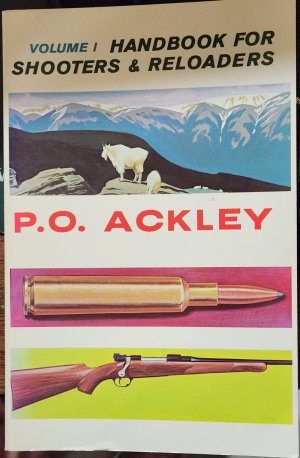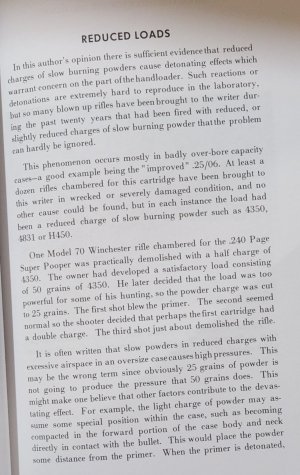Although 3 gr of powder probably produces less case pressure than 42 gr does
"probably" is a good word.
I don't think anyone has ever exhaustively tested this but we do know that charges less than the recommended minimum can result in extremely high pressure. That's one of the reasons why there is a minimum. The mechanisms vary but generally if the charge isn't high enough to keep the bullet going it sticks and then the pressure curve can spike because the chamber plus barrel volume isn't increasing to accommodate the pressure growth in the normal way.
I am very happy to call you my friend so I don't recommend that you try it.




